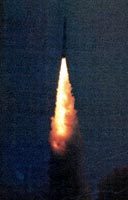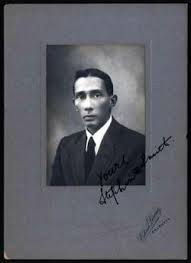indiatester
New Member
- Joined
- Jul 4, 2013
- Messages
- 5,915
- Likes
- 20,439
Thread by @chetan chopade for ISRO history











move under appropriate subject heading if this is not the one
Question: Why has ISRO never, as in not once(?) made use of a Japanese launcher for its satellites? Is it just that India got comfortable with French, Russian and American launchers, and decided to stick with those 3 ? Or that ISRO never really inquired at all with the Japanese, nor did they make an offer to India. Not sure about now, but Japan's capabilities were certainly higher than India's in the first decade of this century.
Japanese use falcon9 and soyuz very often while we use arine space very rarely most of their satellites are forigen launch satellites and even they have high faliure rate compare to pslv and gslav mk3Choosing JAXA over ESA is a wild idea anyday.
- Japanese rocket technology is based on US rocket tech, why not go for original?
- Japanese launch frequency is very low, lately even lower than India's. Multi month delays in missions are common there. US, Russians and Europeans are very frequent launchers that you can get a launch window anytime and more economically whenever you need. ESA flies A5ECA frequently just for commerical launches and that is a far more reliable and capable system.
- Relatively unreliable Japanese rockets are having a higher failure rate.
I'm even wondering about Chandryaan-4 (LUPEX mission) which would include an Indian lander based on Chandryaan-3 and a new Japanese rocket H3 with a Japanese rover, both a first for Japan.
So Japan will more likely be the cause of mission delay or even failure in this case also. Integration of SCE200 in LVM3 and Gaganyaan will effectively make ISRO surpass JAXA by a good margin.
Exactly, most of Japanese launches which make them exceed India in total number include small launchers too.Japanese use falcon9 and soyuz very often while we use arine space very rarely most of their satellites are forigen launch satellites and even they have high faliure rate compare to pslv and gslav mk3

 astrotalkuk.org
astrotalkuk.org
 Stephen H. Smith Photo: Superior Galeries
Stephen H. Smith Photo: Superior Galeries